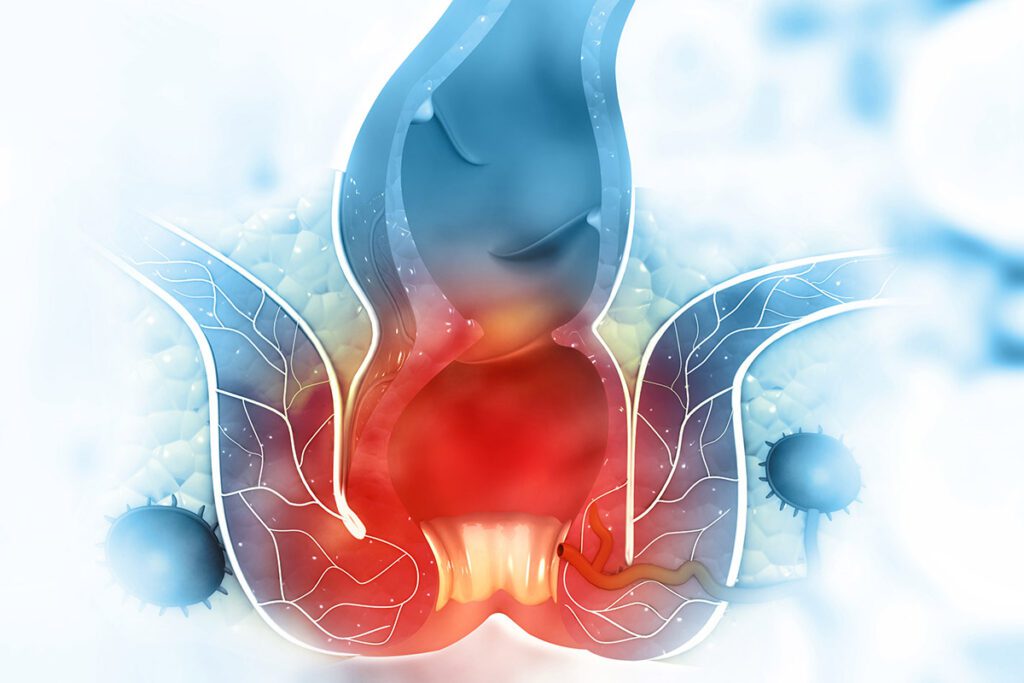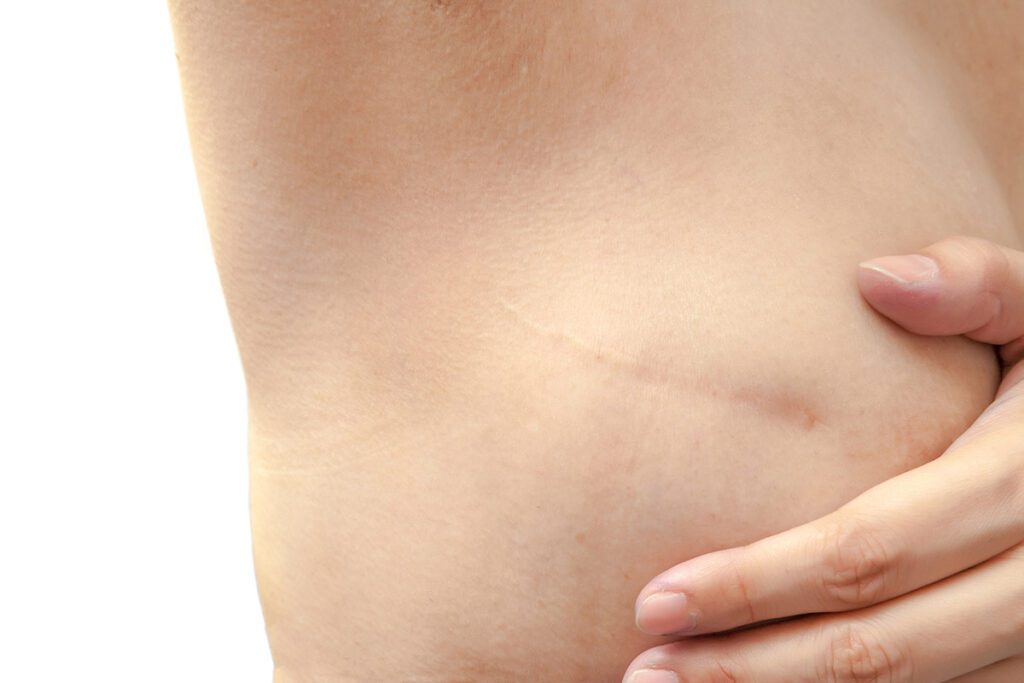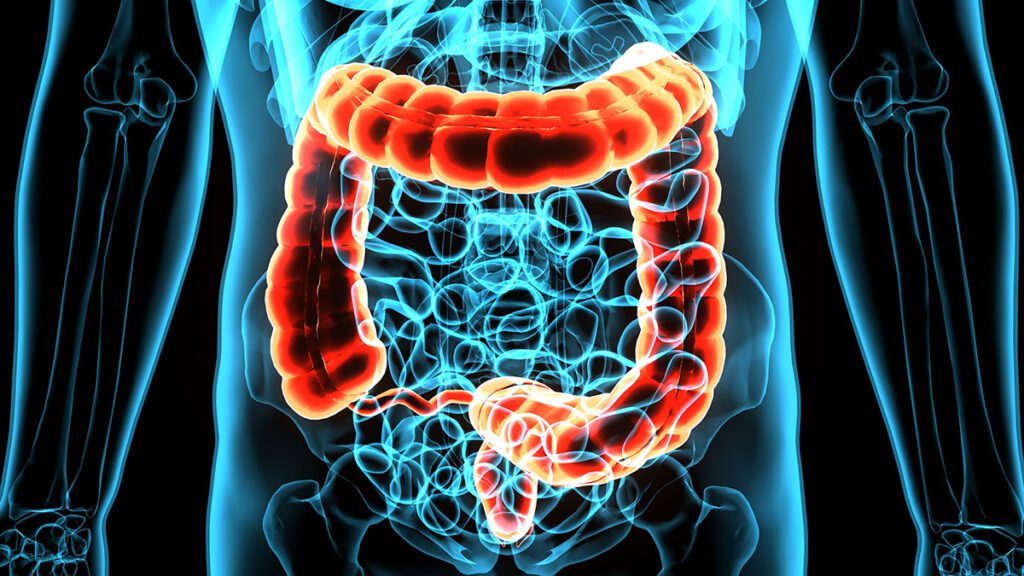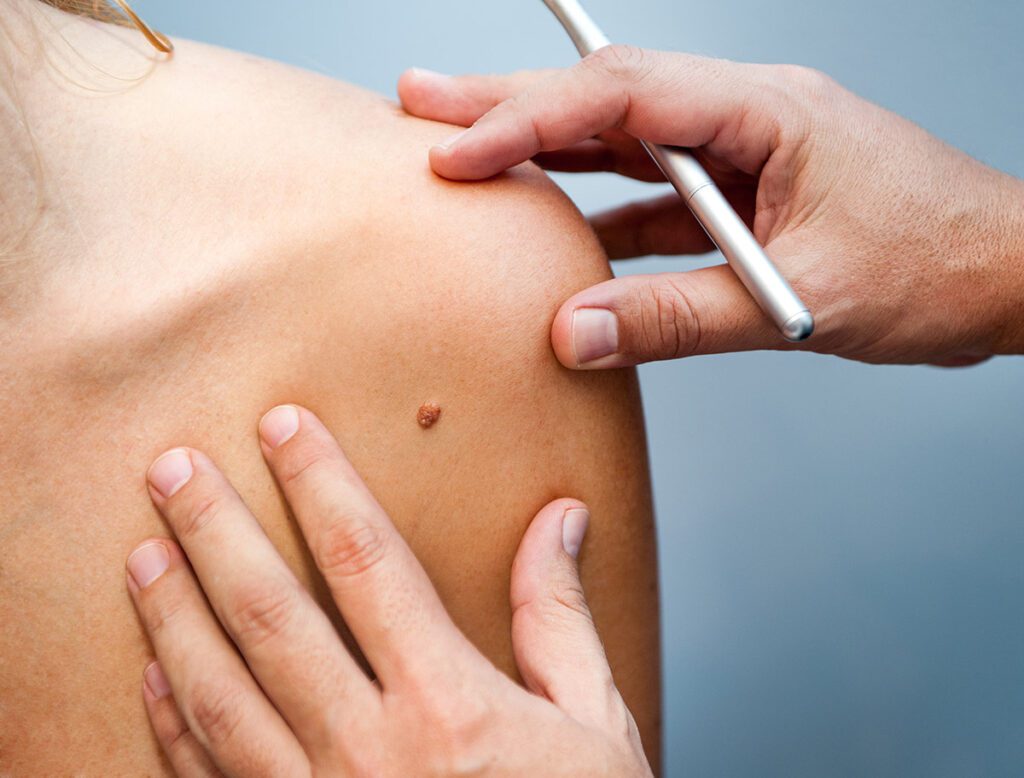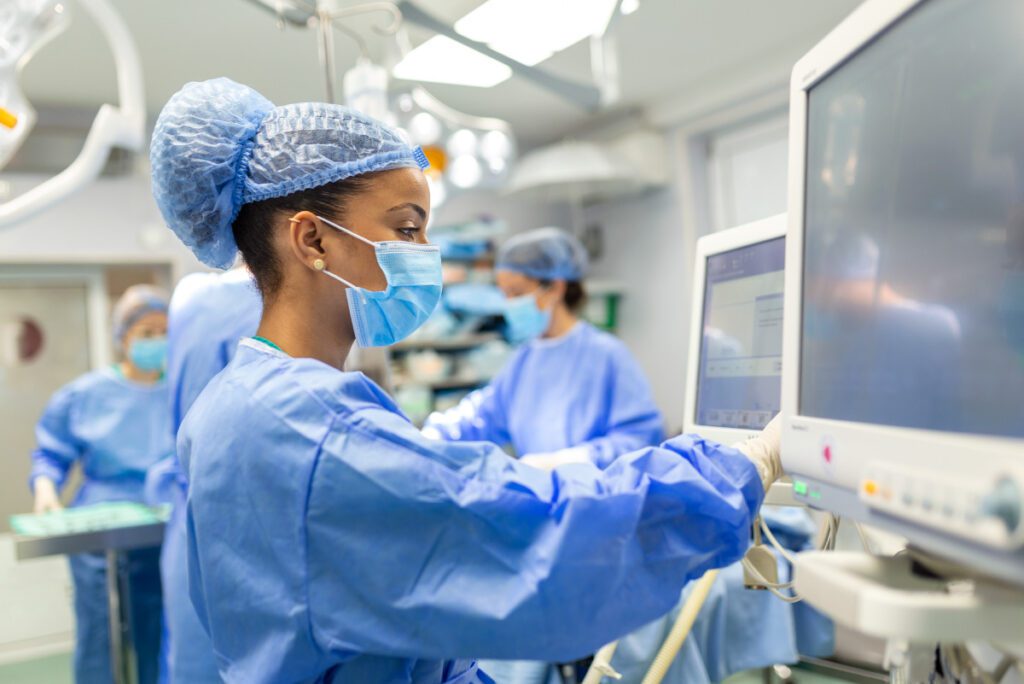Laparoscopic Surgery
Laparoscopic surgery is a minimally invasive surgical technique that is known to have faster recovery time and better patient outcomes. Discover what laparoscopic surgery involves and the benefits of this surgical method below.
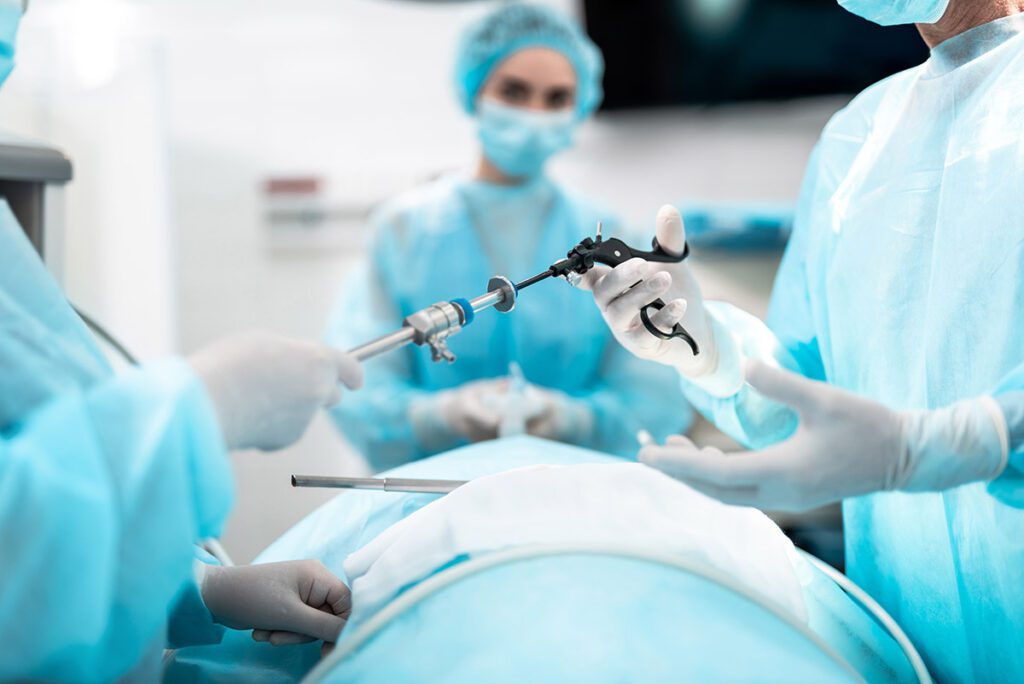

What is Laparoscopic Surgery?
Laparoscopic surgery is a minimally invasive surgical technique used in the abdominal and pelvic areas with a laparoscope. The laparoscope is a thin, telescopic rod with a camera at the end which allows surgeons to see inside the body without making a larger incision. The incisions made for laparoscopic surgeries are 2-4 small incisions of half an inch or less instead of the 6-12 inch incisions made in other types of abdominal surgery.
There are numerous advantages to having laparoscopic surgery instead of other techniques used, such as:
- Less pain medication used
- Less wound pain during recovery
- Less trauma to the abdominal wall
- Reduced risk of hemorrhage
- Smaller scars
- Shorter hospital stays
- Faster recovery time
- Reduced risk of infection in the wound
Laparoscopic Surgical Procedure
Laparoscopic surgery can be used for a range of conditions, which means the exact nature of the procedure can vary. At its core, the following is how a laparoscopic surgery would proceed.
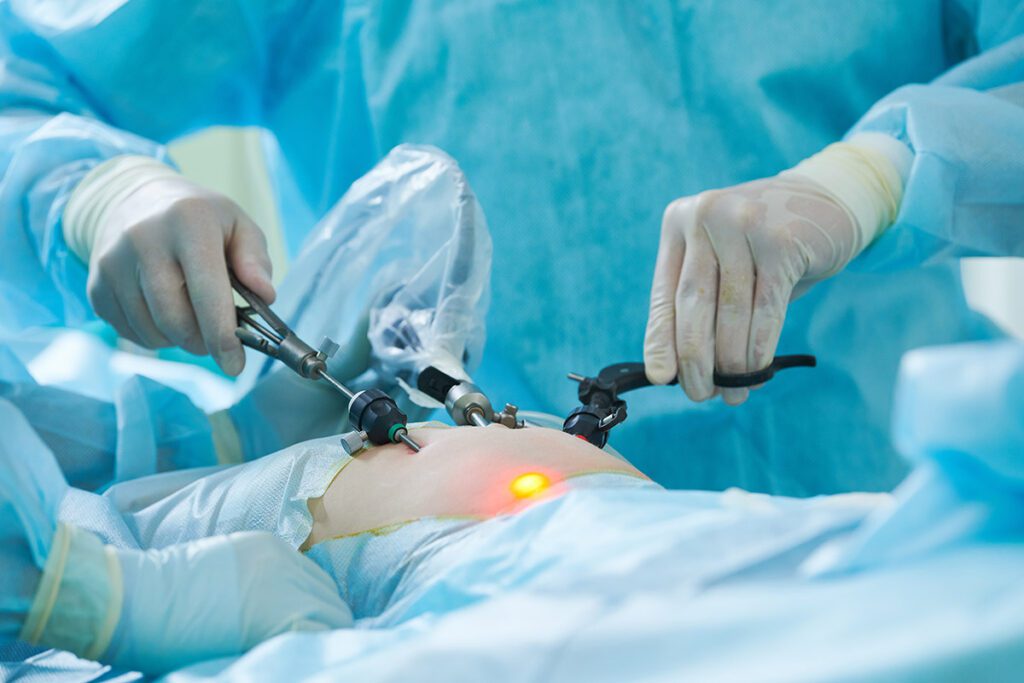

1. Preparation
Laparoscopic surgeries are performed while the patient is under general anesthesia, this means the patient would need to avoid eating and drinking for eight hours prior to the procedure being done. Due to the anesthesia, you’ll need someone to drive you home following the surgery.
In some cases, the surgical team may want testing done prior to the operation, such as blood tests and imaging of the surgical site. If that is required and after it has been performed, you’ll be moved into the operating room and anesthesia will be administered.
2. The Surgery
Beginning with a small incision near the belly button or pelvic bone, the first is to pump carbon dioxide into the abdominal or pelvic cavities. The surgeon will then insert the first trocar and place the gas tube within it to inflate the abdominal or pelvic cavity to help separate the abdominal wall from your organs and make it easier to see on the monitor.
After inflating, the surgeon removes the gas tube and places the laparoscope through the trocar to have real-time video images of the surgical site. The images will help the surgeons place and use the other surgical instruments. Depending on the reason for the operation, the surgeon may make one or more keyhole incisions and place trocars in them as well as laparoscopic surgery requires instruments that are designed to fit through the trocars.
Once the operation is completed, the surgeon will let the gas exit the body before closing the incisions.
3. Recovery
Once your incisions are closed, you’ll be moved to a postoperative recovery room where you’ll be monitored until you wake up. It is common to feel some pain from the residual carbon dioxide and it’s usually in the shoulder area, but the pain subsides in a day or two following the operation.
After waking, the healthcare team will give instructions on home care and wound care.
Schedule an Appointment
Proliance Surgical Specialists of Edmonds takes pride in the level of comfort and care we provide the community. If you would like to make an appointment and discuss your health, we encourage you to reach out.

